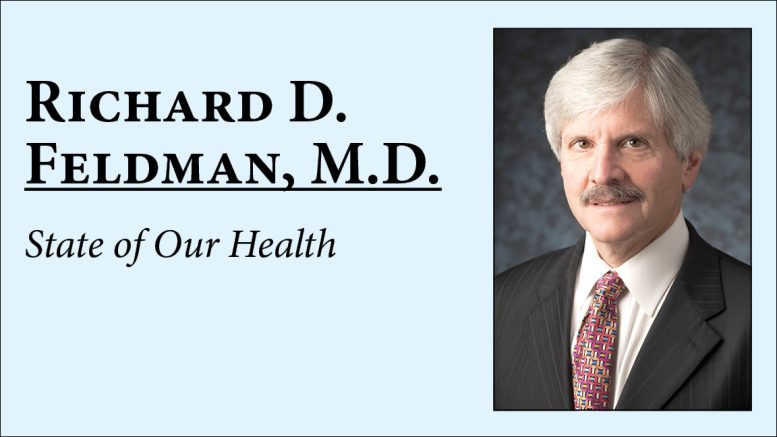“Near-death” experiences have been reported for many years, especially with the advent of cardiopulmonary resuscitation. Experiences by those brought back to life are reported universally throughout the world among people of different cultural and religious backgrounds.
These encounters have amazing commonality with repeated reports of meeting God, Jesus, angels, and other spiritual beings depending on the individual’s religion. Other recounted experiences transcend cultural differences. These include a feeling of profound peace, seeing a bright welcoming light, being in a new genial place that feels like home, deceased relatives speaking reassuringly to them, “out-of-body” experiences with recall of floating above their bodies with vivid awareness of what is happening around them, although technically dead. Also commonly reported is the entire life of a person flashing before him or her with meaningful self-reevaluation of their lives. Sometimes people recollect being directed to return to the living world.
Current research from respected institutions reported in mainstream science and medical journals (including a notable study published in the Proceedings of the National Academy of Science) have explored objective, reproducible, and observable neurophysiological dying-brain activity that can correlate to these near-death experiences.
These neuroelectric events are specific brain waves on electroencephalograms recorded during resuscitation or in deceased patients after life support was withdrawn. Studies document, sometimes after minimal brain activity or the expected “flatline” of brain-wave activity, the onset of this high-frequency surging spike activity in specific areas of the brain’s cortex.
This brain activity does not seem to be random or disorganized which one might expect of dying brain cells from lack of oxygen. There is a structure to it, with necessary connectivity to other areas of the brain that make consciousness possible, and identical to what is normally seen in healthy people. These electrical circuits have back and forth communication patterns responsible not only for conscious experiences but also similarly seen in dreaming and during seizures in epileptics reporting out-of-body experiences.
How can someone after death experience some type of perceived lucid consciousness or dreaming? This is far from what would be reasonably expected. One researcher, Dr. Sam Parnia of New York University, termed it “the hidden consciousness of death” after the heart stops and breathing ceases.
In Parnia’s study, published in the journal Resuscitation, 28 patients brought back to life by resuscitation were interviewed as to what they recalled. Seventeen had some kind of near-death experience. These patient occurrences were then compared to 126 survivors of cardiac arrest from other investigations. Parnia’s patient experiences were qualitatively consistent with these other survivors. This study had a very high percent of survivors who recalled events. Previous research has shown that only 10 to 20 percent of resuscitated individuals have near-death experiences.
There is no absolute consistency in research findings. Some people who have brain-wave spikes do not recall an experience. And some who do not display this brain activity remember such events. But these brain waves are now recognized markers of lucid consciousness in the dying process. These findings represent a paradoxical challenge to our basic understanding of the dying brain.
More research is needed. Is this organized burst of brain waves during the dying process purely just an unexpected neurophysiologic phenomenon? Or is it a window into the understanding that the soul lives on after death and there is indeed an afterlife? Does it reinforce religious beliefs?
This research does not prove anything of the like. But it is intriguing to consider.
Richard D. Feldman, M.D. is an Indianapolis family physician and former Indiana State Health Commissioner who served in the administration of Governor Frank O’Bannon.

